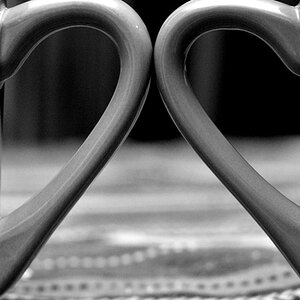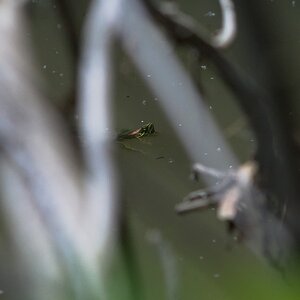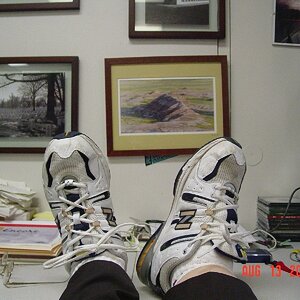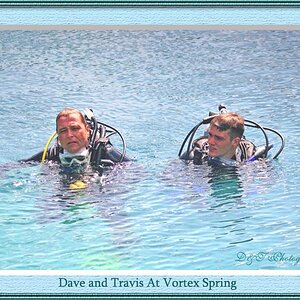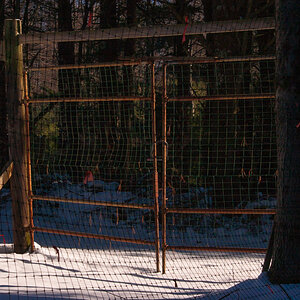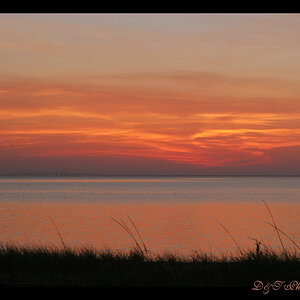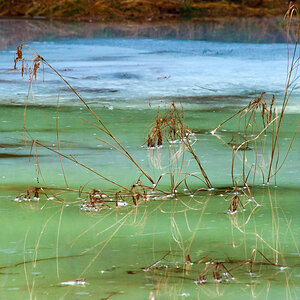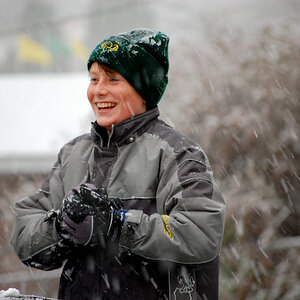tpuma
No longer a newbie, moving up!
- Joined
- Oct 14, 2016
- Messages
- 178
- Reaction score
- 112
- Location
- NYC
- Can others edit my Photos
- Photos OK to edit
So the equipment I'm using is pretty basic stuff. The body's are a Canon t1i and a Canon t5. I've been using either the 18-55 lens kit that comes with them or the 75-300 lens you can buy for around $300. I've been shooting for a few years now, pretty much with only this equipment aside from some various lighting (on and off camera) and hardware. I feel like I've really started to develop as a photographer though. And I feel that I'm developing a good eye as well. I'm also becoming better with manual settings and understanding how to use them in a variety of different situations. I feel I'm ready to take my work to the next level but my budget doesn't allow for too much.
So my question is would you upgrade the body or the lens first?
Sorry if this is a repeat topic.
So my question is would you upgrade the body or the lens first?
Sorry if this is a repeat topic.


